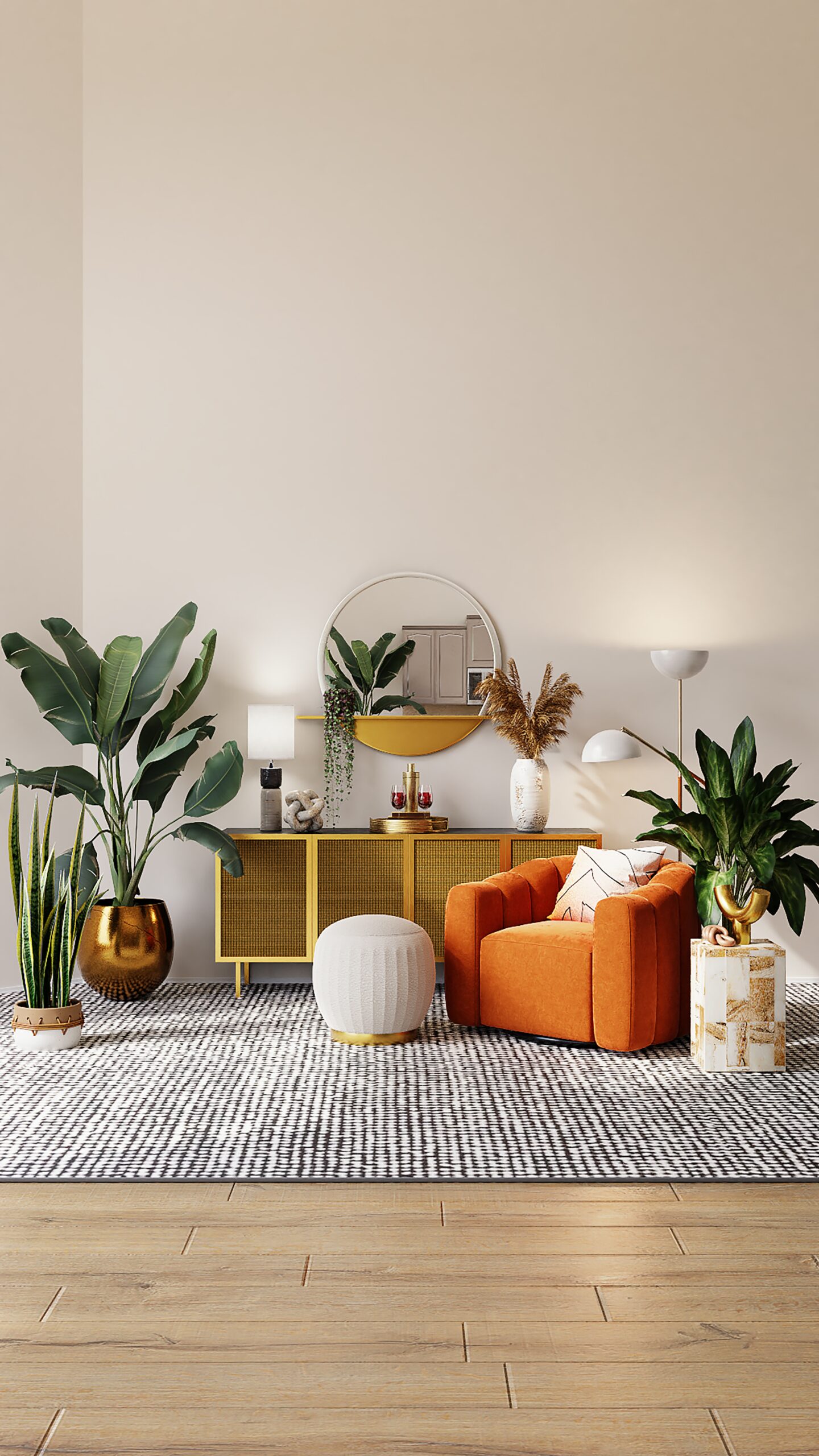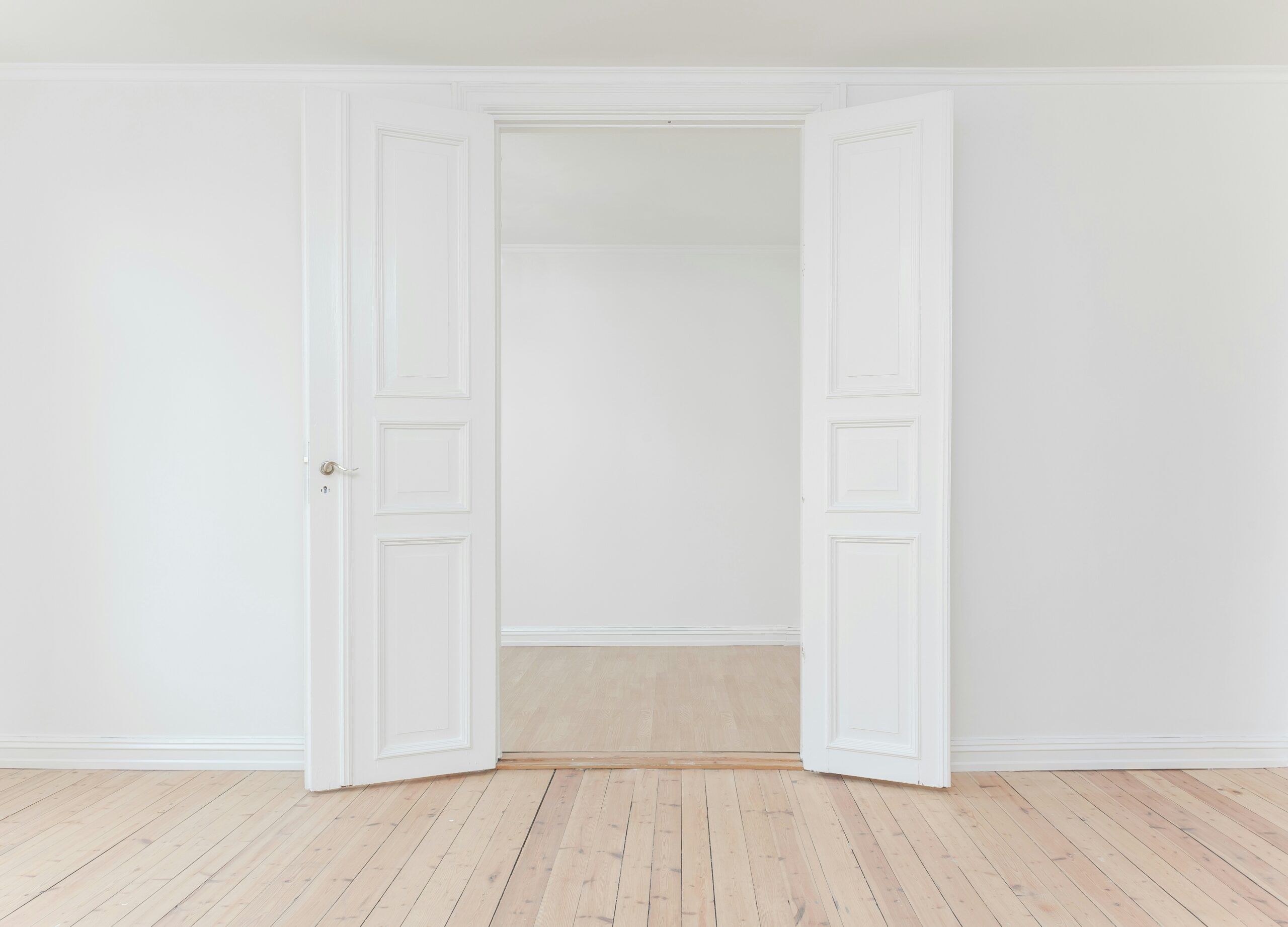Interior design is a fascinating field that combines creativity, functionality, and aesthetics. It involves transforming a space into a visually appealing and functional environment. While it may seem glamorous and exciting, there are several challenges that interior designers face. In this article, we will explore some of the hardest parts of interior design.
1. Meeting Client Expectations
One of the biggest challenges in interior design is meeting the expectations of clients. Each client has their own unique vision and style preferences, and it is the designer’s job to bring that vision to life. However, it can be difficult to strike the right balance between the client’s desires and the practical aspects of design. Designers must find a way to incorporate their expertise and creativity while ensuring that the final design meets the client’s expectations.
2. Working within Budget Constraints
Another significant challenge in interior design is working within budget constraints. Clients often have a specific budget in mind, and it is the designer’s responsibility to create a design that fits within that budget. This requires careful planning, sourcing affordable materials and furniture, and making smart design choices. Balancing quality and cost-effectiveness can be a delicate task, but it is essential to ensure client satisfaction.
3. Space Planning and Functionality
Creating a functional and well-designed space is crucial in interior design. Space planning involves determining the layout, flow, and organization of a room. Designers must consider factors such as traffic flow, furniture placement, and the purpose of the space. They need to ensure that the design not only looks visually appealing but also serves its intended purpose. Achieving the right balance between aesthetics and functionality can be challenging, especially in smaller or awkwardly shaped spaces.
4. Keeping up with Trends
Interior design is a constantly evolving field, with new trends and styles emerging regularly. Staying up to date with the latest design trends and incorporating them into projects can be a challenge. Designers must continuously educate themselves, attend industry events, and keep an eye on current design publications to stay relevant. However, it is also important to strike a balance between following trends and creating timeless designs that will stand the test of time.
5. Dealing with Limited Resources
Interior designers often have to work with limited resources, such as space, time, and materials. They must be resourceful and creative in finding solutions to design challenges. Limited space may require innovative storage solutions, while limited time may necessitate efficient project management. Additionally, designers must work within the constraints of available materials and resources, making the most of what is accessible to them.
6. Managing Client Relationships
Building and maintaining strong client relationships is essential in interior design. Designers must effectively communicate with clients, understand their needs, and manage their expectations throughout the project. This includes handling feedback and criticism, resolving conflicts, and ensuring that the client is satisfied with the final result. Managing client relationships can be challenging, as designers must navigate different personalities, tastes, and preferences.
Conclusion
Interior design is an exciting and rewarding profession, but it also comes with its fair share of challenges. From meeting client expectations and working within budget constraints to creating functional spaces and keeping up with trends, interior designers must navigate various obstacles. However, with creativity, expertise, and effective communication, these challenges can be overcome, resulting in beautiful and functional designs that bring joy to clients.




